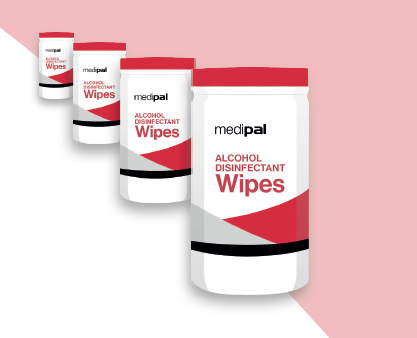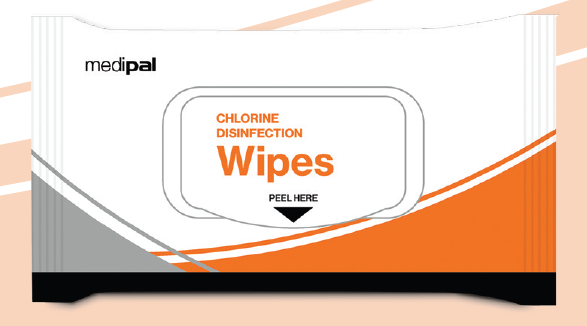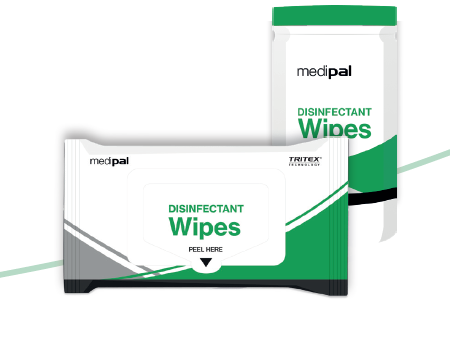A Salmonella infection is considered a common disease that affects the intestinal tract, caused by the Salmonella bacteria. We’ve put together this short guide of key information, with links for further guidance.
WHAT IS SALMONELLA?
Salmonella is a bacteria that causes a range of illnesses, including diarrhoea and gastroenteritis. There are over 2,500 subtypes of the bacteria that can be found in both humans and animals, and some types have been seen to cause typhoid fever. However, fewer than 100 strains of Salmonella are actually likely to infect people.
A Salmonella infection is more typically known as food poisoning however, it’s important to note that there are other ways to get food poisoning aside from Salmonella. The consumption of raw meat and eggs, unpasteurised milk, or contaminated fruits and vegetables is the most common way to contract an infection.

WHAT ARE THE SYMPTOMS OF A SALMONELLA INFECTION?
The majority of Salmonella infections are not life-threatening and tend to get better within seven days. It’s quite normal for people to treat themselves at home, upon contracting the most common symptoms. These (listed in no specific order) are:
- Feeling sick (nausea)
- Being sick (vomiting)
- Stomach cramps and pains
- A high temperature of 38°C or above
- Aches and chills throughout the body
- Diarrhoea
Some Salmonella strains can also cause infection in the urine, blood, joints, bones, and the nervous system. This in turn can cause more complications or a more severe illness to occur.

HOW TO PREVENT A SALMONELLA INFECTION?
Salmonella lives in the intestines of humans and animals and most infections are contracted by eating food or drinking water that has been contaminated with faeces. Contraction of the illness can typically occur from:
- Raw eggs.
- Raw poultry, meat, and seafood.
- Fruits and vegetables that have been washed with contaminated water or handled by someone who hasn’t washed their hands properly.
- Contact with reptiles, rodents, and birds who are particularly susceptible to carry the bacteria.
- International travel to places that have a lower standard of sanitation or food hygiene.
There is currently no vaccine to prevent a Salmonella infection however, basic good hygiene, such as washing your hands with soap and running water, can dramatically reduce the chances of an infection.
Food production and distribution factories should also be extra vigilant in the cleanliness of surfaces and equipment in the workplace. Similarly, wearing the appropriate workwear products, such as caps and masks, along with regular hand washing is essential.

WHAT ARE THE TREATMENT OPTIONS?
Because most people recover from a Salmonella infection within seven days, treatment is usually able to be done by the patient at home. Drinking plenty of fluids to avoid dehydration and eating only plain foods such as pasta and bread, are two common ways to alleviate symptoms. Resting at home and taking paracetamol if in discomfort can also help.
Scientists have also posed concern that overuse of antibiotics for Salmonella infections can lead to a resistance and increase the chances of an infection coming back. This means antibiotic treatment tends to be used only for people in a high-risk category.

ARE THERE ANY VULNERABLE GROUPS?
There are several groups of people who are considered more vulnerable to a Salmonella infection. These are:
- Children under five years old, including babies
- People with a weakened immune system, due to illnesses such as AIDS or Malaria
- People taking certain types of medication, such as drugs to reduce stomach acid
While a Salmonella infection isn’t typically life-threatening, in certain groups of people the complications that can arise from the illness do make it dangerous. This includes:
- All of the above
- Those 65 years or older
- Transplant recipients
- Pregnant women

WHAT IS THE INCUBATION PERIOD?
The incubation period for a Salmonella infection tends to begin 12-72 hours after being in contact with the Salmonella bacteria.
Those who have recovered from an infection can still be contagious for days and weeks after symptoms have disappeared. It’s important to be vigilant with good hygiene around these individuals during this period.

WHERE TO FIND MORE INFORMATION
There are many useful resources available on both the Salmonella bacteria and the infection it causes. The below websites provide advice and information on avoiding the bacteria, spotting symptoms, and how to treat an infection.
National Health Service (advice on food poisoning)
MANAGING THE THREAT OF A SALMONELLA INFECTION
Salmonella infections are relatively common, can be treated at home, and usually go away after a short period of discomfort. However, it’s so easy to avoid contamination and the possible infection by adhering to common-sense food hygiene practises, good basic hand hygiene, and workplace cleanliness.
Join us in the fight against Salmonella infections. Download our infographic to help us raise awareness and prevent the spread of this bacteria.
Click here to view our: PALTX RANGE







